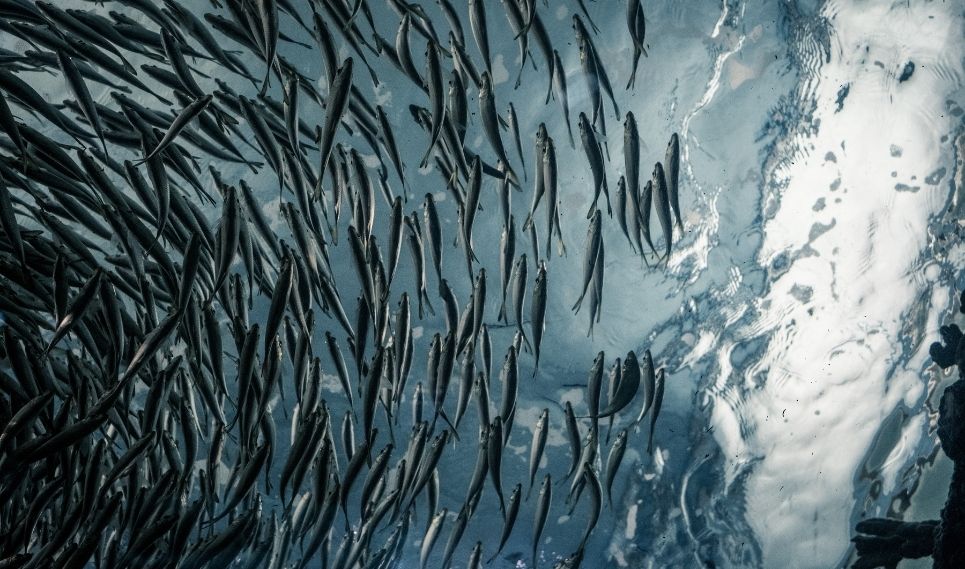The direct obtaining of extruded micro pellets is a laborious, complex process that begins with the attaining of micronised meals from the cascading use of different technologies to measure out and grind the mixture. We will first carry out conventional milling with hammer mills to achieve an initial, dramatic reduction in particle size. But that won’t be enough for this project, so these meals must be processed again with classifying impact mills. This technology allows us to control the desired particle size and can achieve particle sizes as small as 10 µm.
With these micronised meals, we’ll start the next critical phase for obtaining micro pellets: the extrusion process. For this project, a special die was designed with more than 1,500 holes of D=0.6 mm. Technicians specialised in extrusion scrupulously monitor the times, temperatures and applied mechanical energy (SME) to achieve the extrusion of these micro pellets. Any slight deviation would immediately jam the extruder. The result: a perfectly uniform product obtained directly from the extrusion process without passing through grinding/sorting machines that would diminish its uniformity and quality.
In feed pellets, the individual particle size has a major impact on the digestibility of the raw materials in the feed and subsequently on the production results achieved. The smaller the individual particles, the greater the surface area on which digestive enzymes can act to extract the various nutrients and incorporate them into the fish’s metabolism. Numerous laboratory and industry tests have demonstrated that, in feeds with the same composition, the milling degree influences digestibility.
Micro milling is especially beneficial in the case of carnivorous fish, as they have a short digestive tract, so food remains in it for a limited time. It is also suitable for the feeding of larvae and fry, both to obtain micro pellets small enough for the fish’s mouth and to ensure that the raw materials that make up the feed are evenly distributed in each pellet.

